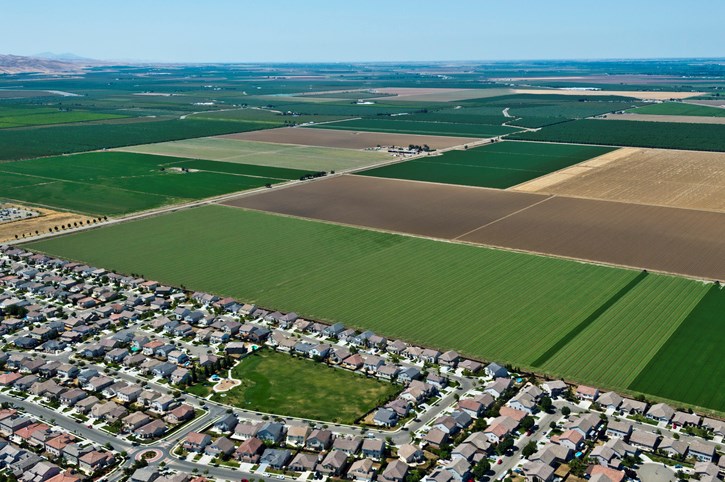The disconnect between the farm community and its urban customers came clearly into focus a few weeks ago, ahead of the election call, due to grasshoppers.
City dwellers in the newer suburbs of Canada typically live on displaced farmland — property that grew crops or pastured cattle. Statistics Canada and university researchers tell us that 40,000 to 50,000 acres annually shift from farm to housing or commercial and industrial use. Agriculture can’t pay competitively for the soil, so it goes to those who can. And those who can don’t always appreciate their new, dispossessed neighbours.
Even in Lethbridge, a city of 100,000 in which agriculture is the economy’s driving force, an understanding of farming and the prairie environment can falter.
Like much of Western Canada this year, the region is suffering through drought. To make matters worse, hungry grasshoppers multiplied rapidly in some areas, including fields on the city outskirts.
Ordinarily, affected farmers would apply insecticide to protect their crops. But in the first part of this growing season, dryland crops perished. The grasshoppers ate what remained in fields bordering the city and moved into the suburbs to feed.
Homeowners were not pleased, and understandably so. But here is where the urban disconnect with agriculture reached a new level.
One suburban Lethbridge dweller took exception to a “dryland crop that has been abandoned and not sprayed with pesticides this year because the crop is no longer viable. Due to the farmers’ negligence, grasshoppers have multiplied exponentially and moved into residential spaces. … We can no longer enjoy our backyard, which is causing great strain on our mental health,” read the person’s post on a community social media page, where it was indicated a letter stating such would be sent to city council.
“Property values have declined due to the crop owners’ neglect. Nobody wants to buy an infested property,” the post continued. “A farmer is able to purchase crop insurance but homeowners do not have insurance to cover this type of loss.”
The writer suggested the city’s mayor and council force the “negligent” farmer, who “abandoned” the crop, to pay. The city should intervene, spray the farmer’s land for the pests, repair urbanites’ properties and invoice the farmer for the cost.
Social media discussion on the letter to city council, and its content, became so extreme that it was closed down and cleansed from the site. Many responders supported the farmer, some noting pesticide spraying on a virtually dead crop would be negligent in itself. Many others supported the writer, expressing anger about loss of investment in flowers, shrubbery and yard enjoyment.
Shortly after comment on the issue was halted, huge flocks of gulls appeared. Between those and a fungal outbreak in the pests, nature cleaned up the hoppers.
The incident is indicative of the widening gap of knowledge between those who grow food and those who consume it.
Only 30 years ago, most Canadians were only a generation or two away from having a relative who farmed somewhere in this great nation. Today farmers make up 1.7 percent of the population — three percent in Alberta, 1.3 in B.C., 3.6 in Manitoba and nine in Saskatchewan. In Ontario and Quebec, where most of Canada lives, it is 1.2 percent.
During this federal election, the Lethbridge grasshopper gripe reminds us how few farmers there are and how little influence they have against the pressures exerted by urban voters.
We should keep this in mind when we go to the polls. Nature’s response — insect fungus and birds — won’t fix what separates us.
Karen Briere, Bruce Dyck, Barb Glen and Mike Raine collaborate in the writing of Western Producer editorials.






